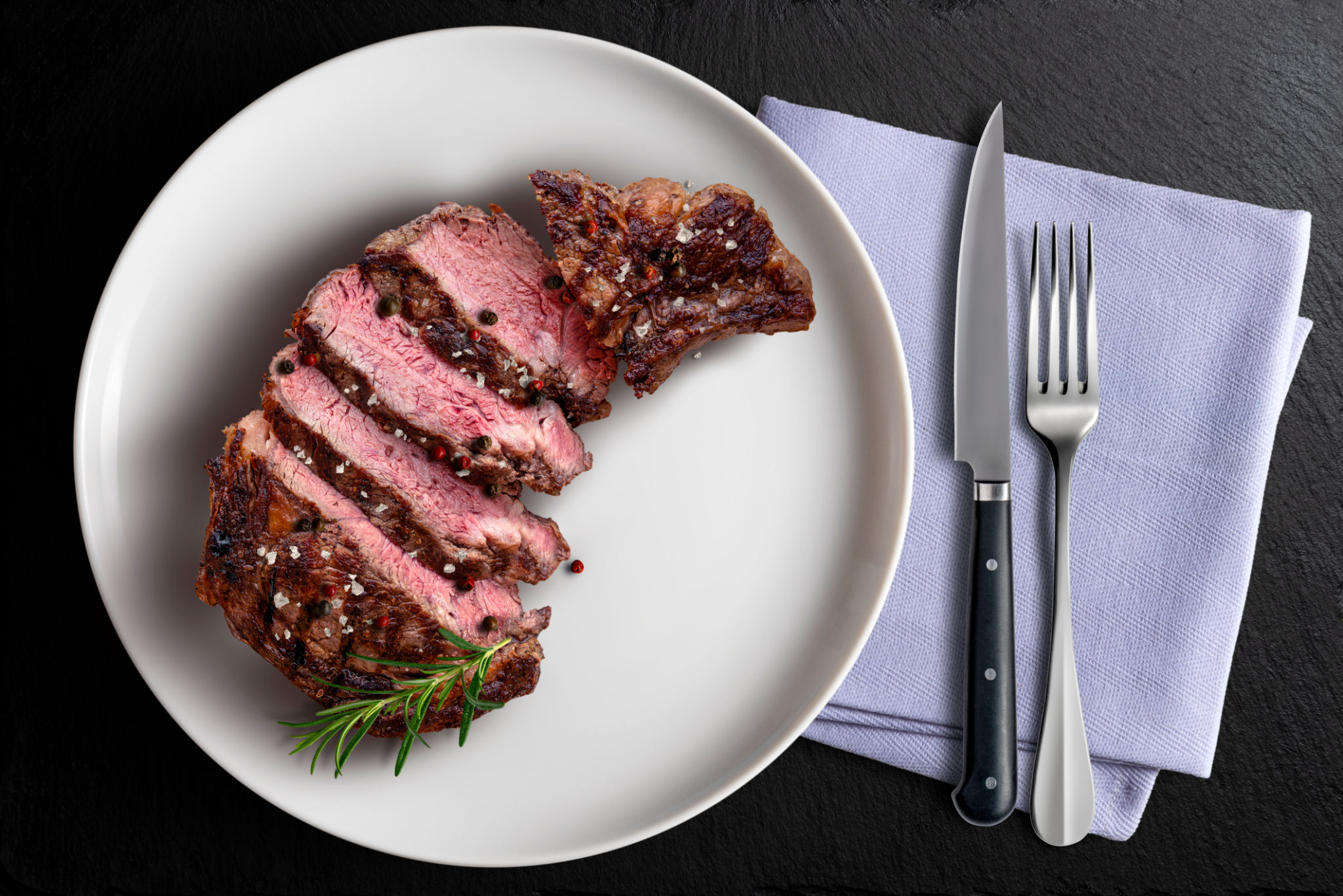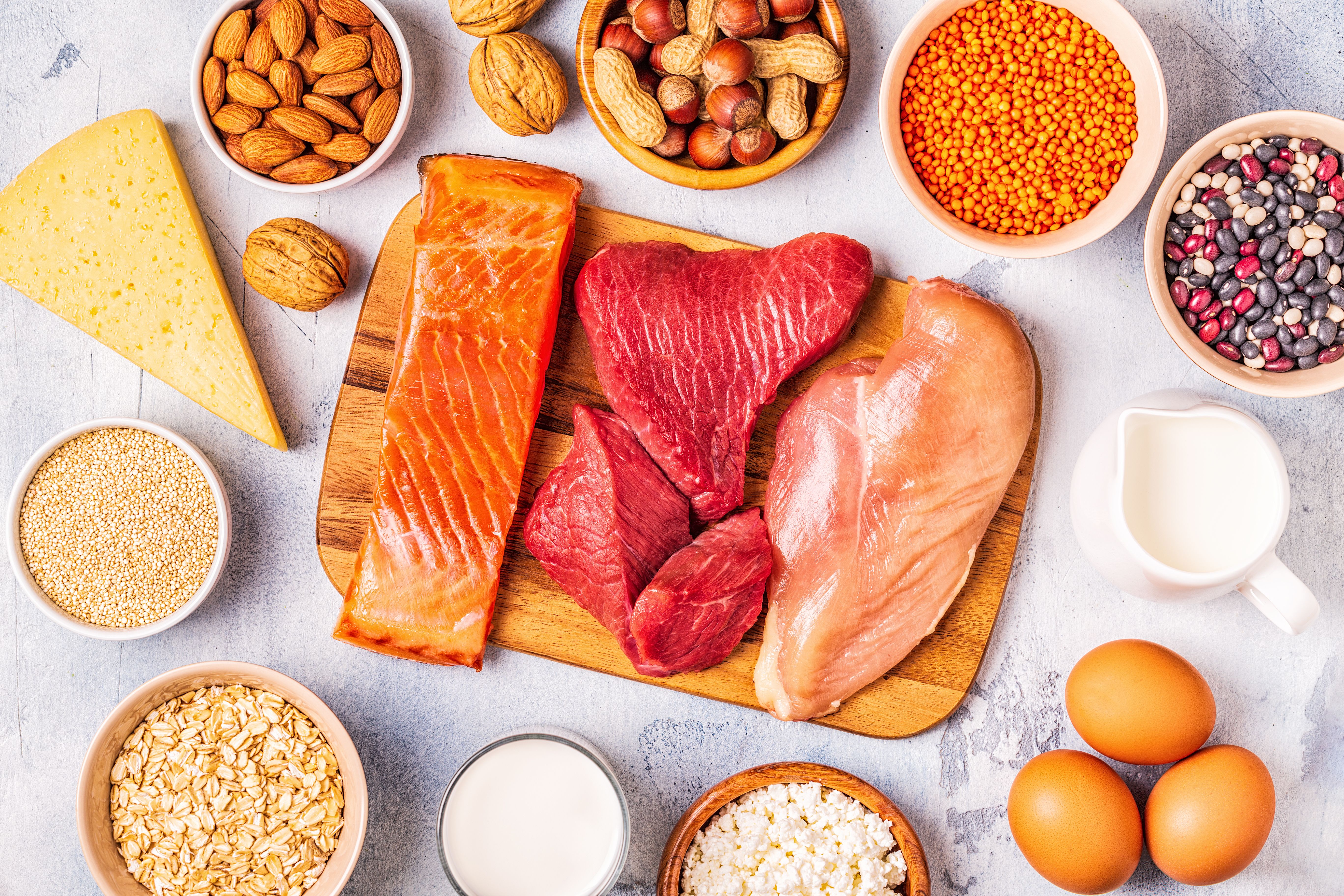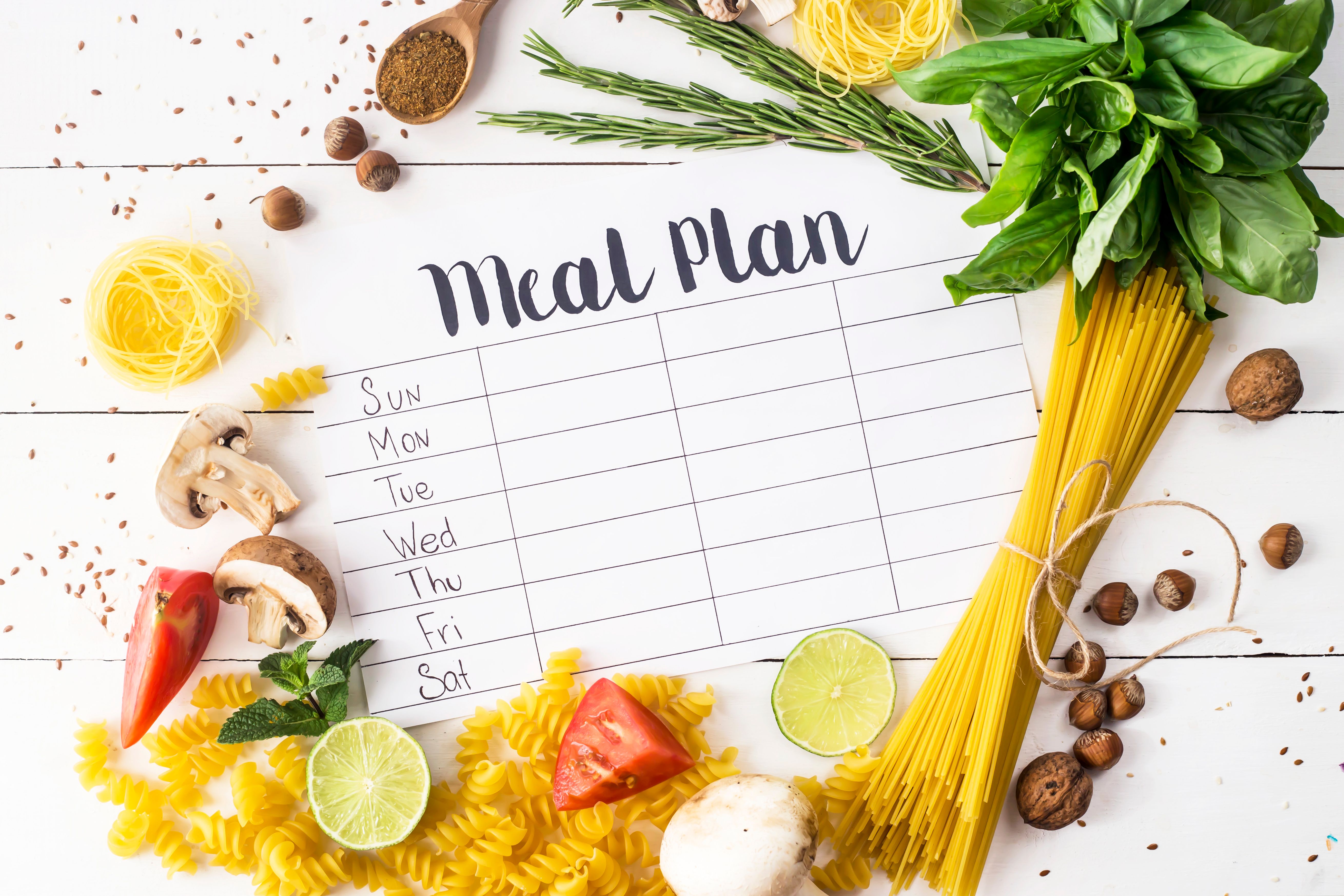High-Protein Nutrition for Active Adults Over 50: A Comprehensive Guide
Understanding the Importance of Protein for Active Adults Over 50
As we age, our nutritional needs evolve, particularly when it comes to protein intake. For active adults over 50, maintaining muscle mass, supporting bone health, and recovering from exercise becomes increasingly important. Protein plays a pivotal role in these areas, making it a crucial component of a healthy diet.
Protein is essential for repairing tissues, producing enzymes and hormones, and supporting overall bodily functions. Adults over 50 need to be especially mindful of their protein intake to combat the natural loss of muscle mass that comes with aging, a condition known as sarcopenia.

The Benefits of High-Protein Diets
Incorporating a high-protein diet can offer numerous benefits for active adults. Firstly, it helps in maintaining and building lean muscle mass. This is essential for sustaining strength and flexibility, which are key to leading an active lifestyle. Moreover, protein aids in weight management by promoting satiety, thereby reducing overall calorie intake.
Additionally, protein supports bone health by improving calcium absorption and reducing the risk of osteoporosis. For those who engage in regular physical activities, protein is vital for efficient muscle recovery and reduced muscle soreness after workouts.
How Much Protein Do You Need?
The recommended dietary allowance (RDA) for protein intake varies based on individual needs, activity levels, and overall health goals. However, a general guideline for adults over 50 is to consume around 1.2 to 1.5 grams of protein per kilogram of body weight daily. It is advisable to spread this intake across all meals throughout the day to maximize absorption.

Top Protein Sources for Older Adults
To meet your protein goals, it's important to include a variety of protein-rich foods in your diet. Here are some excellent sources:
- Lean meats: Chicken, turkey, and lean cuts of beef or pork
- Fish: Salmon, trout, and tuna provide quality protein and are rich in omega-3 fatty acids
- Dairy: Milk, yogurt, and cheese offer calcium and vitamin D alongside protein
- Plant-based options: Beans, lentils, tofu, and quinoa are great for those following vegetarian or vegan diets
Incorporating Protein into Your Daily Routine
Successfully integrating sufficient protein into your daily routine can be straightforward with some planning. Start by ensuring each meal contains a source of protein. For breakfast, consider options like eggs or Greek yogurt. Lunches and dinners can feature grilled chicken or fish paired with vegetables.

Snacks are also an opportunity to boost your protein intake. Nuts, seeds, or a protein-rich smoothie can serve as satisfying options between meals. Remember that balance is key; aim for a mix of animal and plant-based proteins to benefit from a wide range of nutrients.
Potential Challenges and Solutions
While aiming for a high-protein diet is beneficial, some adults may face challenges such as dietary restrictions or difficulty digesting certain proteins. Consulting with a healthcare provider or nutritionist can provide personalized advice and alternatives tailored to individual needs.
For those concerned about digestive comfort, gradually increasing protein intake and opting for easily digestible options like fish and eggs can help ease the transition.
Conclusion: Embrace Protein for a Healthier Lifestyle
For active adults over 50, prioritizing protein is a cornerstone of maintaining health and vitality. With the right dietary choices, you can support muscle maintenance, improve recovery times, and enjoy an active lifestyle well into your golden years. By understanding your nutritional needs and making informed choices, you can embrace a high-protein diet that supports your health goals.